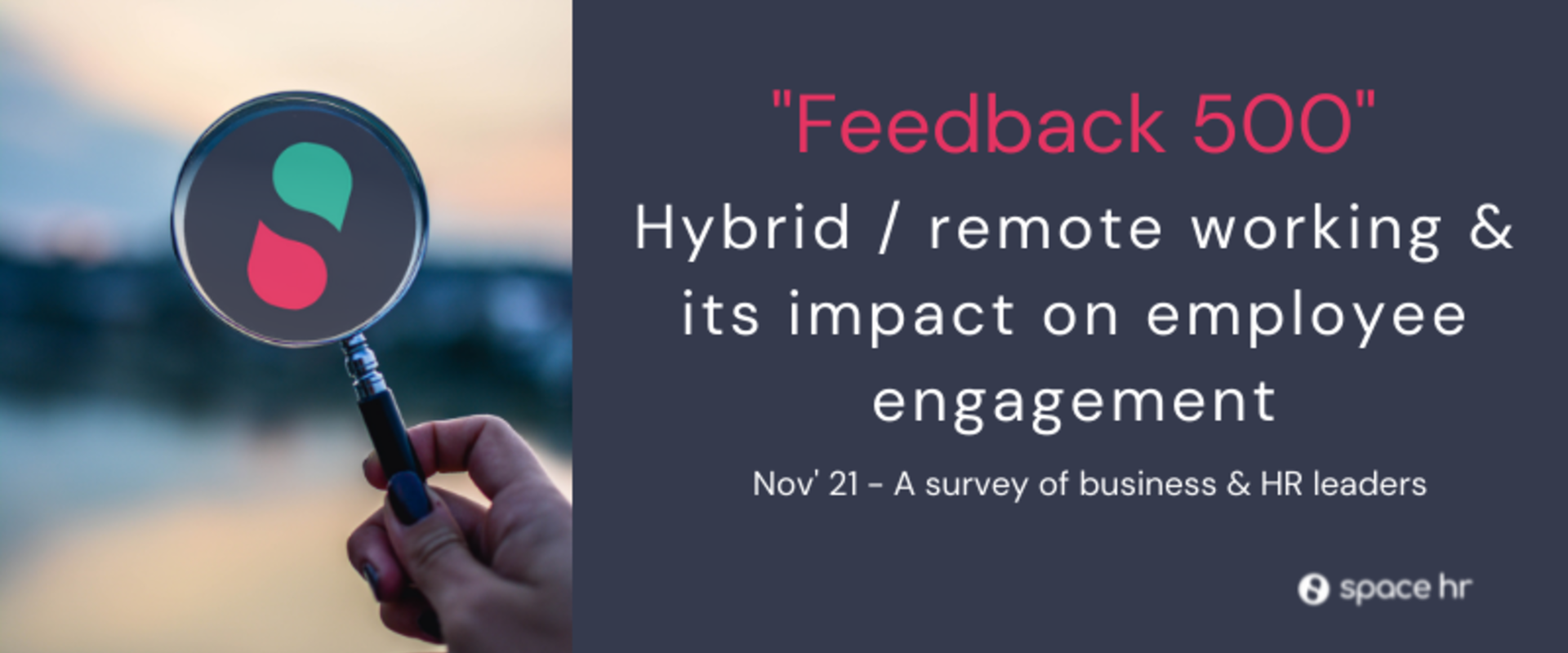
Anecdotally, we are hearing that interim relief applications are on the rise. In this article we give employers the low down on what an application for interim relief actually is and why they should be on the lookout for them.
What is an interim relief application and why do employers need to be aware of them?
In short, an interim relief application is an application which claimants can make, in certain circumstances, at the point at which they issue proceedings against their former employer. If they are successful in the application, the respondent employer would either need to:
a) reinstate or re-engage the employee pending the final hearing; or
b) continue to pay the employee their salary and benefits until the full hearing (the employee would continue to accrue service but wouldn’t be required to do any work for the employer).
These generally won’t be attractive outcomes for a business, particularly if the business has only just dismissed the employee in question.
Does the application change the normal tribunal process?
There are two key things which are likely to catch employers off-guard. Firstly, there is no requirement to go through early conciliation if an application for interim relief has been made. As such, the first time that a business will hear about the claim is when the claim form arrives in the post. Secondly, the purpose of the application is to secure ‘relief’ for the claimant employee until the final hearing takes place such that the claimant is not out of pocket whilst awaiting their ‘day in court’. Interim relief hearings are therefore listed quickly (forget the normal tribunal delays, an interim relief hearing which we recently dealt with was listed around 14 days after the dismissal). The claimant must make the application within seven days of the dismissal and the respondent employer may only be given seven days to prepare for that hearing.
When can such applications be made?
The circumstances in which claimants can make these applications are limited, predominantly to whistleblowing and trade union-related dismissals (including constructive dismissal).
What should employers do?
Don’t panic! Given that interim relief applications aren’t available in all instances, they’re not suddenly going to feature in all dismissal cases. That said, the risk of an interim relief application is certainly worth noting when a decision to dismiss is made. For example, if an employer decides to dismiss an employee who is also a trade union representative it is beneficial for the employer to be alert to the possibility of a claim for interim relief. Even if the dismissal is ostensibly not for trade union-related reasons, the claim could nevertheless be couched in such terms so as to bring it within the scope of the interim relief provisions. If that is the case, it is much better for the employer to at least have in the back of its mind the possibility that it could be in a hearing within two to three weeks of the dismissal, rather than being on the backfoot and completely taken by surprise when the application lands. Being alive to the risk of an interim relief application will hopefully give employers a head start in terms of having the necessary information and documents ready, should an application land.







